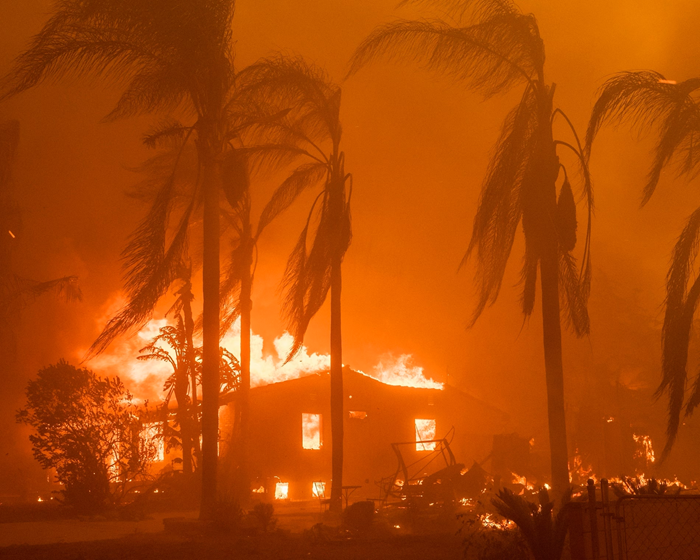The Amazon rainforest’s 2024 fire season unleashed record carbon emissions as fire-driven degradation overtook deforestation as the main source of damage. Scientists warn that without immediate global action, the region’s ecological collapse could accelerate beyond repair.
A new study by researchers at the European Commission’s Joint Research Centre reveals that the Amazon rainforest has just undergone its most devastating forest fire season in over two decades, which triggered record-breaking carbon emissions and exposed the region’s growing ecological fragility despite a slowing trend in deforestation. The 2024 fires released an estimated 791 million tons of carbon dioxide into the atmosphere, which roughly equates to the annual emissions of Germany. This marks a sevenfold increase from the average of the previous two years.
According to the study published today (October 8) in Biogeosciences, 3.3 million hectares of Amazon forest were impacted by fires last year alone. This extraordinary surge in fire activity is likely driven by a combination of extreme drought stress exacerbated by climate change, forest fragmentation, and land-use mismanagement (e.g., escape fires or criminal fires by land grabbers), leading to significant forest degradation. For the first time in the analysis covering 2022-2024, fire-induced degradation has overtaken deforestation as the primary driver of carbon emissions in the Amazon.

